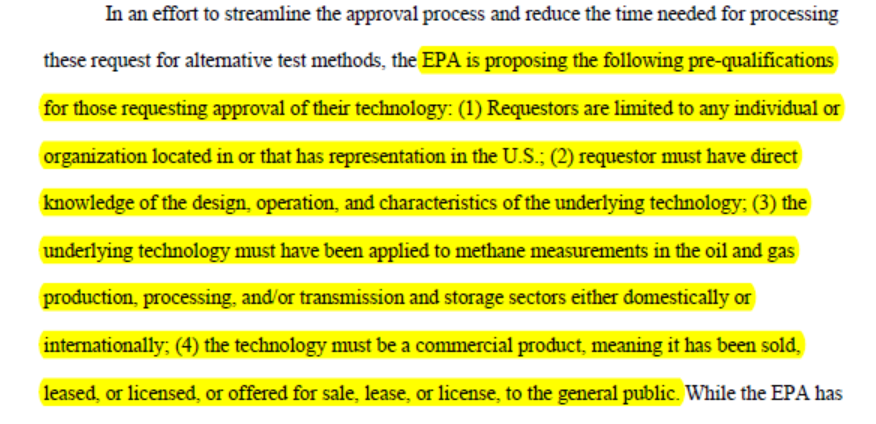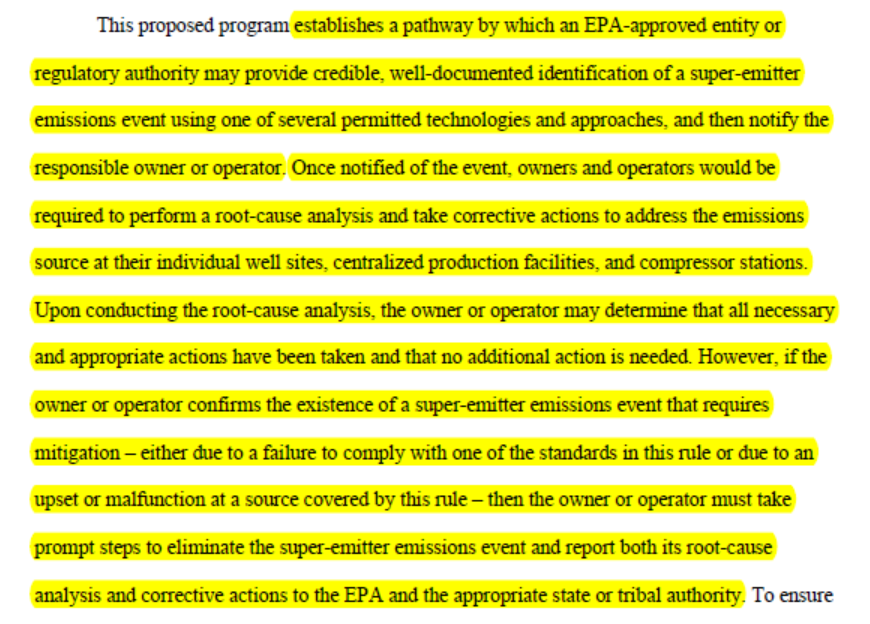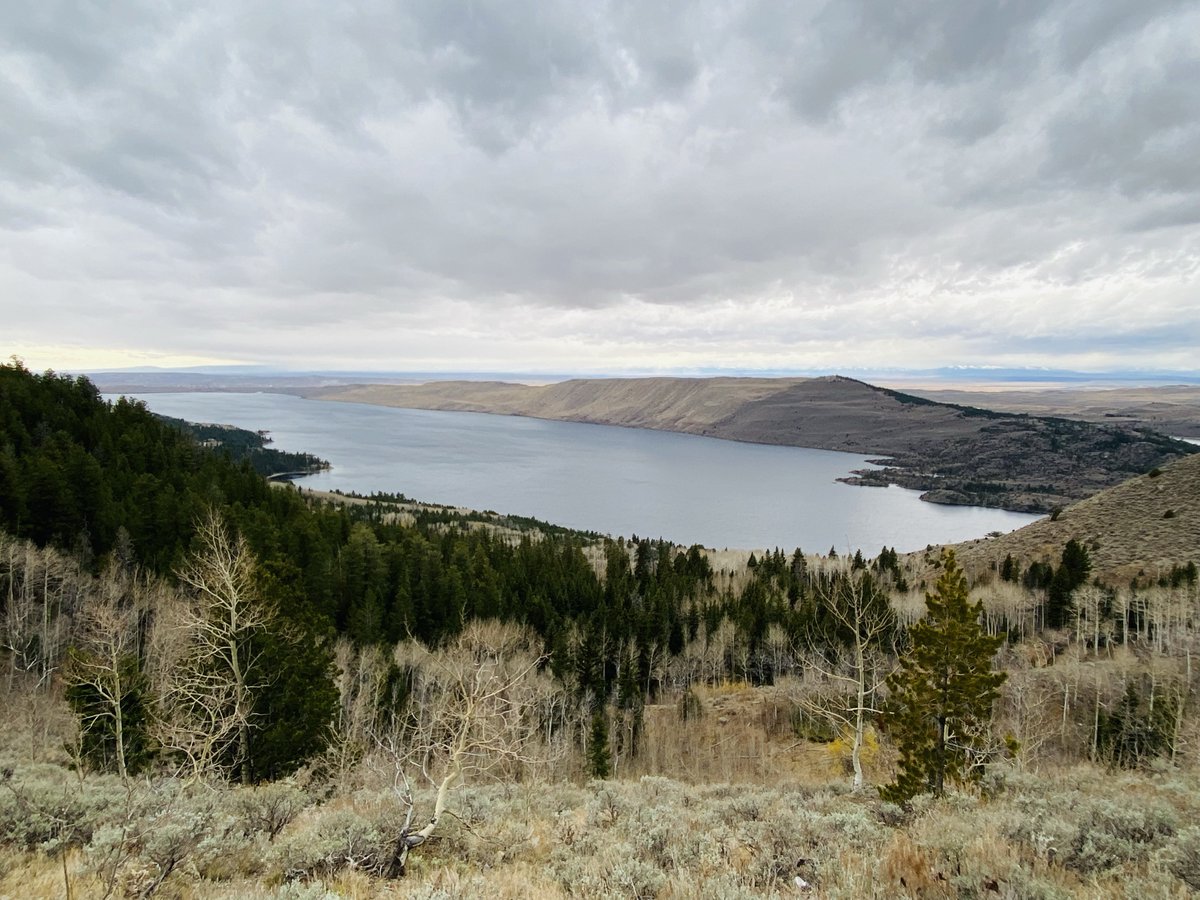
Let's get into one of the most far reaching pieces of regulatory action from @EPA. 3 areas stand out:
1) Comprehensive - every possible #methane source is covered, no loopholes
2) Embraces tech innovation even under uncertainty
3) Acknowledges & corrects for EPA blind spots
🧵
1) Comprehensive - every possible #methane source is covered, no loopholes
2) Embraces tech innovation even under uncertainty
3) Acknowledges & corrects for EPA blind spots
🧵
https://twitter.com/arvindpawan1/status/1592544823982317569
All O&G #methane sources are covered, including low producing sites & often owned by small, independent companies. Research has show these type of sites can be a significant source of emission, and until recently, was exempted from all regs.
Not anymore. nature.com/articles/s4146…
Not anymore. nature.com/articles/s4146…
Changing definitions: This may be in the weeds but a huge shift in accounting for #methane. Policy stringency now depends on physical number of equipment on facilities and not arbitrary baseline emissions.
This significantly improves policy effectiveness & compliance monitoring.

This significantly improves policy effectiveness & compliance monitoring.


Using better models: Instead of assumptions about policy effectiveness, EPA used our FEAST model to empirically assess long-term emissions reductions.
I will publish FEAST technical guidance document by Dec 15 for stakeholders. Stay tuned. arvindravikumar.com/feast
I will publish FEAST technical guidance document by Dec 15 for stakeholders. Stay tuned. arvindravikumar.com/feast

Embrace tech innovation: EPA has develop a tech-agnostic approach using FEAST modeling to allow operators to choose whatever tech they want using a matrix approach we (+others) recommended.
This strikes the right balance between flexibility & need for assurance.
This strikes the right balance between flexibility & need for assurance.

What's game-changing? EPA explicitly included super-emitters in modeling -> this is the only reason alternate techs are cost-effective.
Now,
1) Any tech can apply to be approved by EPA
2) Once approved, any operator can use that tech for compliance pubs.acs.org/doi/abs/10.102…
Now,
1) Any tech can apply to be approved by EPA
2) Once approved, any operator can use that tech for compliance pubs.acs.org/doi/abs/10.102…

EPA is also allowing use of fence-line continuous emissions monitoring system (CEMS) based on flexible alarm threshold.
Many questions here since there's much uncertainty in emissions quantification using CEMS. Plus, approval criteria is a bit vague (probably intentional).
Many questions here since there's much uncertainty in emissions quantification using CEMS. Plus, approval criteria is a bit vague (probably intentional).

Super-emitters is where I give great credit to the EPA. These don't exist in GHG inventory.
Yet, EPA looked at overwhelming evidence & crafted a super-emitter mitigation program for emissions >100 kg/h (so big that satellites can see it). nasa.gov/feature/jpl/me…
Yet, EPA looked at overwhelming evidence & crafted a super-emitter mitigation program for emissions >100 kg/h (so big that satellites can see it). nasa.gov/feature/jpl/me…
Here's the innovation: any entity approved by EPA (researcher, tech, NGO, public) can notify EPA & operator if they find superemitter. Once notified, operator must fix it.
EPA also has mechanism for operator to get approved entity delisted for false alarms. So, stick + carrot.
EPA also has mechanism for operator to get approved entity delisted for false alarms. So, stick + carrot.

Finally, flaring! Here again, EPA is requiring no routine flaring, plus continuous monitoring of the flame to ensure it does not go out. Huge impact in terms of emissions reductions! 

I believe this is one of the most far-reaching & innovative proposal to address #methane emissions.
The top-line 87% emissions reduction is not only achievable but can be exceeded, especially with the super-emitter & flare reduction program!
Bravo!
epa.gov/controlling-ai…
The top-line 87% emissions reduction is not only achievable but can be exceeded, especially with the super-emitter & flare reduction program!
Bravo!
epa.gov/controlling-ai…
@kyledanish @carriefjenks @Colknewman @JesseJenkins @MBazilian @ColinLeyden @MarkSBrownstein @JohnSmillie42
Two issues I did not cover here.
First, @jasonfurman provides a good overview of the updated Social Cost of Carbon (and methane) estimate EPA used in developing cost-benefit analyses for the #methane rule.
First, @jasonfurman provides a good overview of the updated Social Cost of Carbon (and methane) estimate EPA used in developing cost-benefit analyses for the #methane rule.
https://twitter.com/jasonfurman/status/1591177768922157058?s=20&t=cg62dNiybSPdYqPxyRkBNQ
Second issue:
#Methane fee provides important backstop to EPA regulations. Operators are exempt from fee if they comply with EPA regs & demonstrate equivalent emissions reductions. EPA is actively soliciting comments how this equivalency will be determined.
More on this later.
#Methane fee provides important backstop to EPA regulations. Operators are exempt from fee if they comply with EPA regs & demonstrate equivalent emissions reductions. EPA is actively soliciting comments how this equivalency will be determined.

• • •
Missing some Tweet in this thread? You can try to
force a refresh














